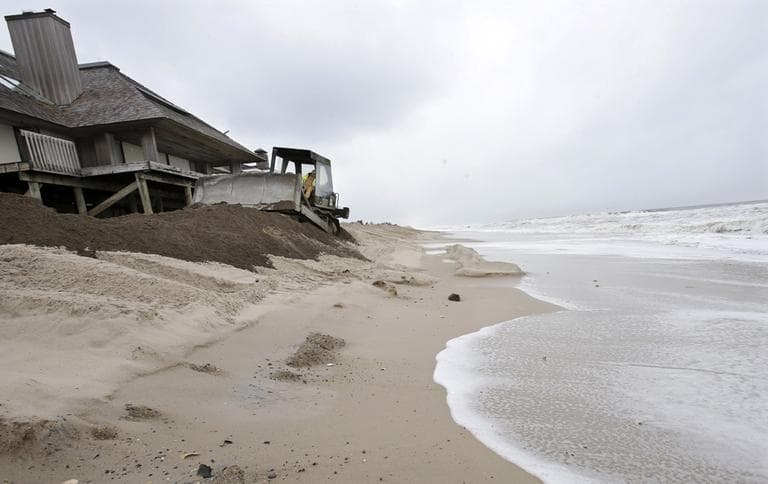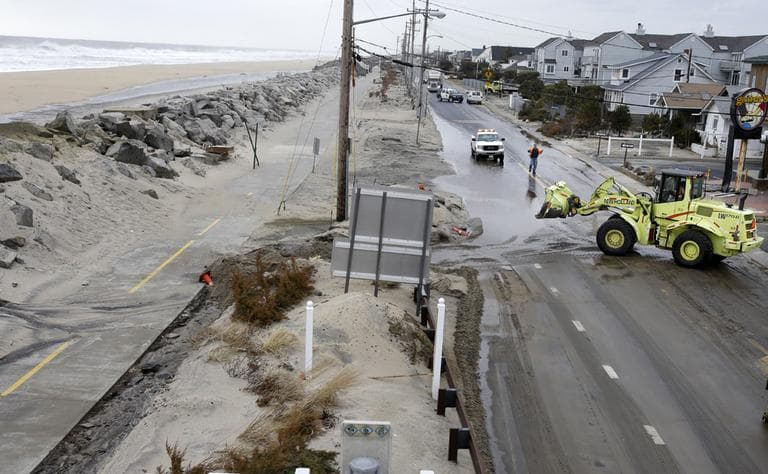Advertisement
Rethinking Flood Insurance Post-Sandy
Resume
Several weeks ago, one of the commissions tasked with evaluating the response to Superstorm Sandy and coming up with preventative ideas for the future, released a preliminary report.
It includes possible insurance reforms, and that asks us to rethink property insurance.
Some of the suggestions include promotion of investment in risk mitigation, improvement of consumer awareness about flood insurance and prevention of under-insurance.

Even before Sandy, the way we approach insurance has been changing.
The Biggert-Waters Flood Insurance Reform Act of 2012 reformed several of the U.S. national flood insurance programs, and took steps to try and move insurance towards a more risk-based system as opposed to the current system, where people with low risk subsidize the rates of those with high risk.
But even taking these reforms and proposals into consideration, Howard Kunreuther, professor at the Wharton School at the University of Pennsylvania and co-director of the Wharton Risk Management and Decision Processes Center, says we're not properly prepared for disaster.
"When it comes to earthquakes or storm surge or hurricane damage, we're not well insured. During Sandy only 30 percent of people has insurance and many of them were required to have it," he said.
Guest:
- Howard Kunreuther, professor at the Wharton School at the University of Pennsylvania and co-director of the Wharton Risk Management and Decision Processes Center.
This segment aired on March 8, 2013.